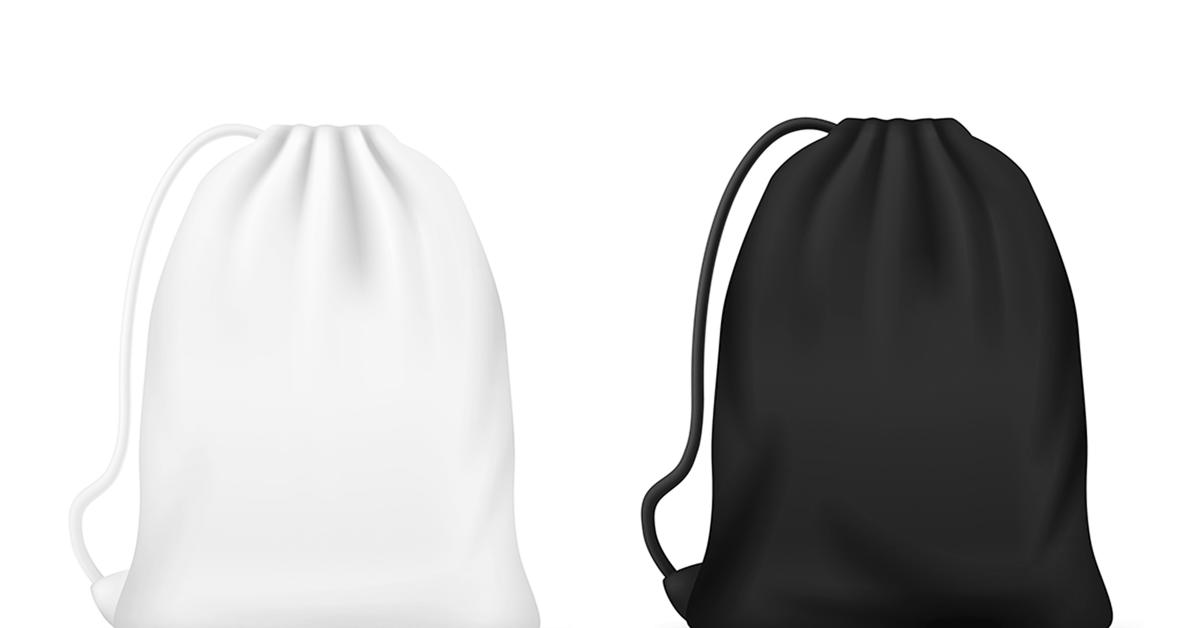CHICAGO — When dry cleaners can make themselves a part of their customers’ weekly routine, they not only generate a more dependable revenue stream but become a more valuable part of their clients’ lives for the long term. Many cleaners have found subscription services a great way to accomplish this goal.
In Part 1 of this feature, we examined some of the benefits that subscription services can bring to both the customer and the cleaner, and today we’ll explore ways to get such a service up on its feet and running smoothly.
Setting It Up and Getting the Word Out
Lisa Brooks, who owns a Mulberrys Garment Care franchise in Minneapolis-St. Paul with her husband, Chris, and Kermit Engh, owner of Fashion Cleaners in Omaha, Nebraska, have both set up successful subscription services at their companies. Both have also found that running an individual process for subscription services works best for them, even if it took some effort in the beginning.
“In our cleaning lab, we set up a totally separate area,” she says. “Originally, it would flow in with the same machines that did the laundry shirts and other things. But we wanted to keep things separate, so we invested in buying additional small, more home-sized washers and dryers, which let us do a higher volume of small loads. This prevents us from having to mix customer loads together. This makes the flow easier instead of crossing back and forth.”
“We now have a dedicated person who does nothing but folds clothes, so that was new,” Engh says. “It really had more to do with the equipment. When we started having hundreds of pounds of wash/dry/fold come through daily, we were not set up for that. We were a bit blessed in that we had done fire and water restoration work for the last 20 years, so we were a little bit more accustomed to doing large quantities of bulk laundry, but when we added the subscription work that took us over our limitations, we had to add equipment.”
Purchasing new machines during the pandemic, Engh says, was a risk: “At the time, we didn’t know what was going to happen with COVID, and we didn’t know what our revenue and cash flow was ultimately going to be. Investing in new equipment was kind of a gamble, but we did it and it worked out well.”
Part of a successful subscription service is making sure everything is as automatic as possible, and that includes billing.
“You’ve got to make sure that your point-of-sale system has the ability to auto-bill folks at the beginning of each month or track their usage,” Engh says. “If they are over for the month, they need to be charged for that — the billing is critical. You need to get paid for your work.”
No matter how well the business is set up, though, subscriptions can only work when people know it’s an option, and that requires some marketing effort. Engh has used hanger tags on outgoing orders, text and email campaigns, and some radio advertisements to get the word out.
“None of our marketing campaigns cost us much money at all,” he says. “You don’t have to spend a lot of money on the marketing portion of this like we would on some other services we’ve offered in the past. Existing customers are the first place to go because they know your work and they trust you.”
Brooks believes this type of service is one of the easier to market because the advantages are so easy to communicate.
“From the customer’s perspective, they never have to do laundry again,” she says. “If they’re using our subscription, not only can they send us their nicer garments to be dry-cleaned, but any of their day-to-day laundry, including towels, can also be done. They can minimize a two-, four- or six-hour-a-week task into a 10-minute task. They just gather their items, put them in a bag and put it out.”
Come back Tuesday for the conclusion of this series, where we’ll examine tips from cleaners running successful subscription services. For Part 1 of this series, click HERE.
Have a question or comment? E-mail our editor Dave Davis at [email protected].





